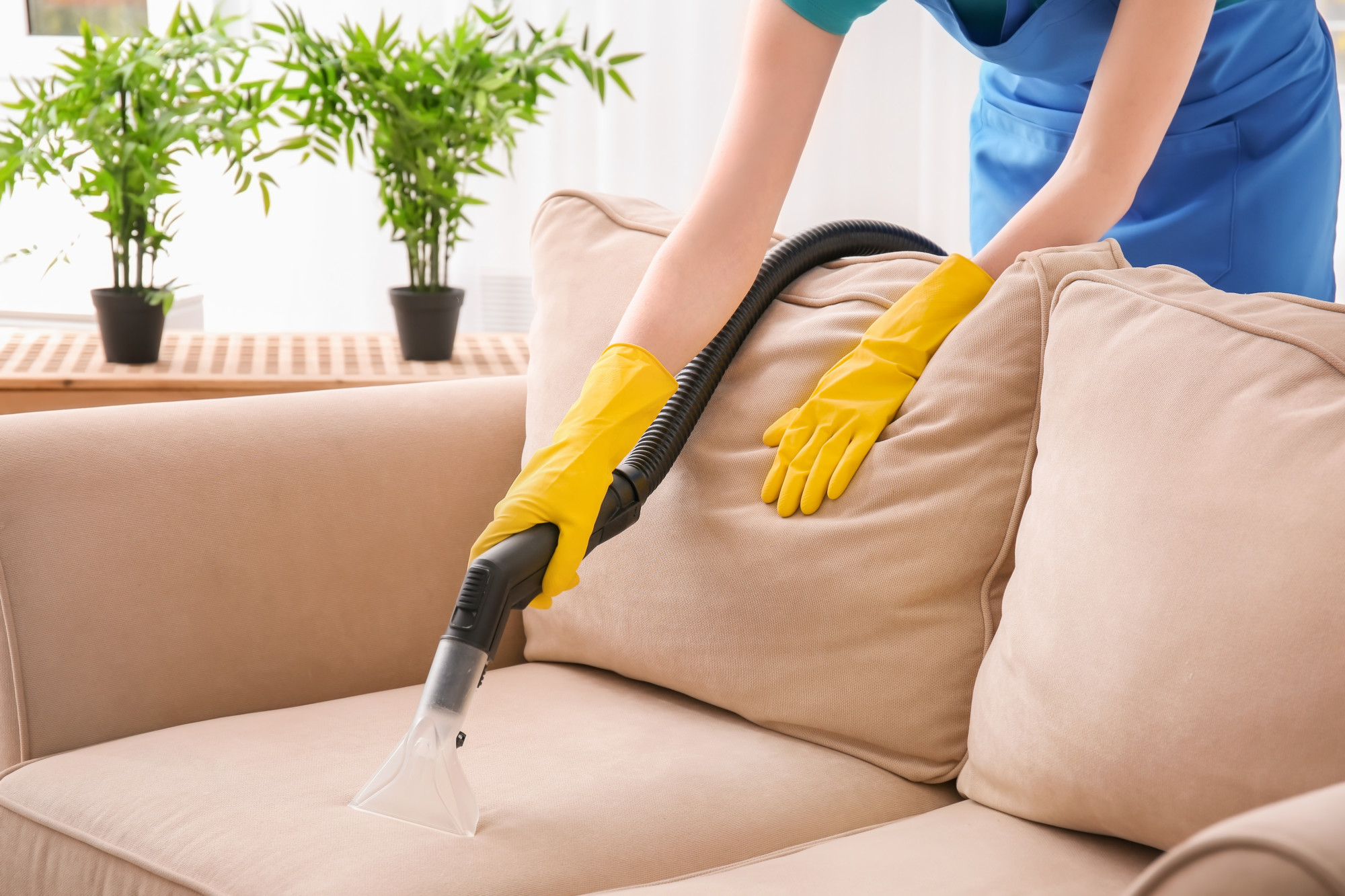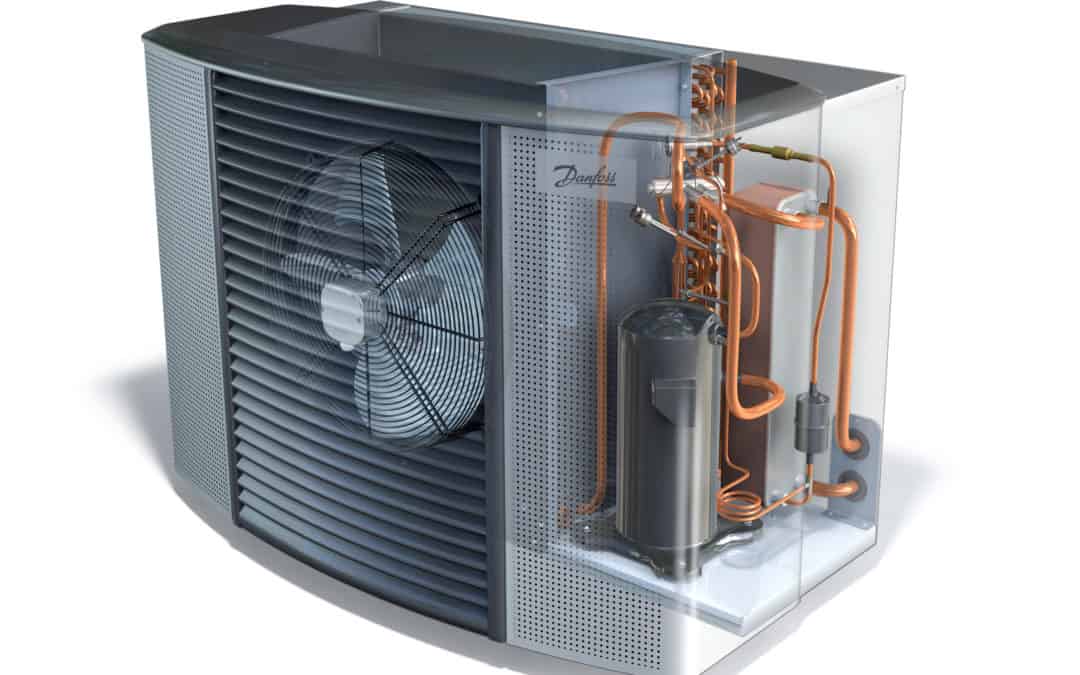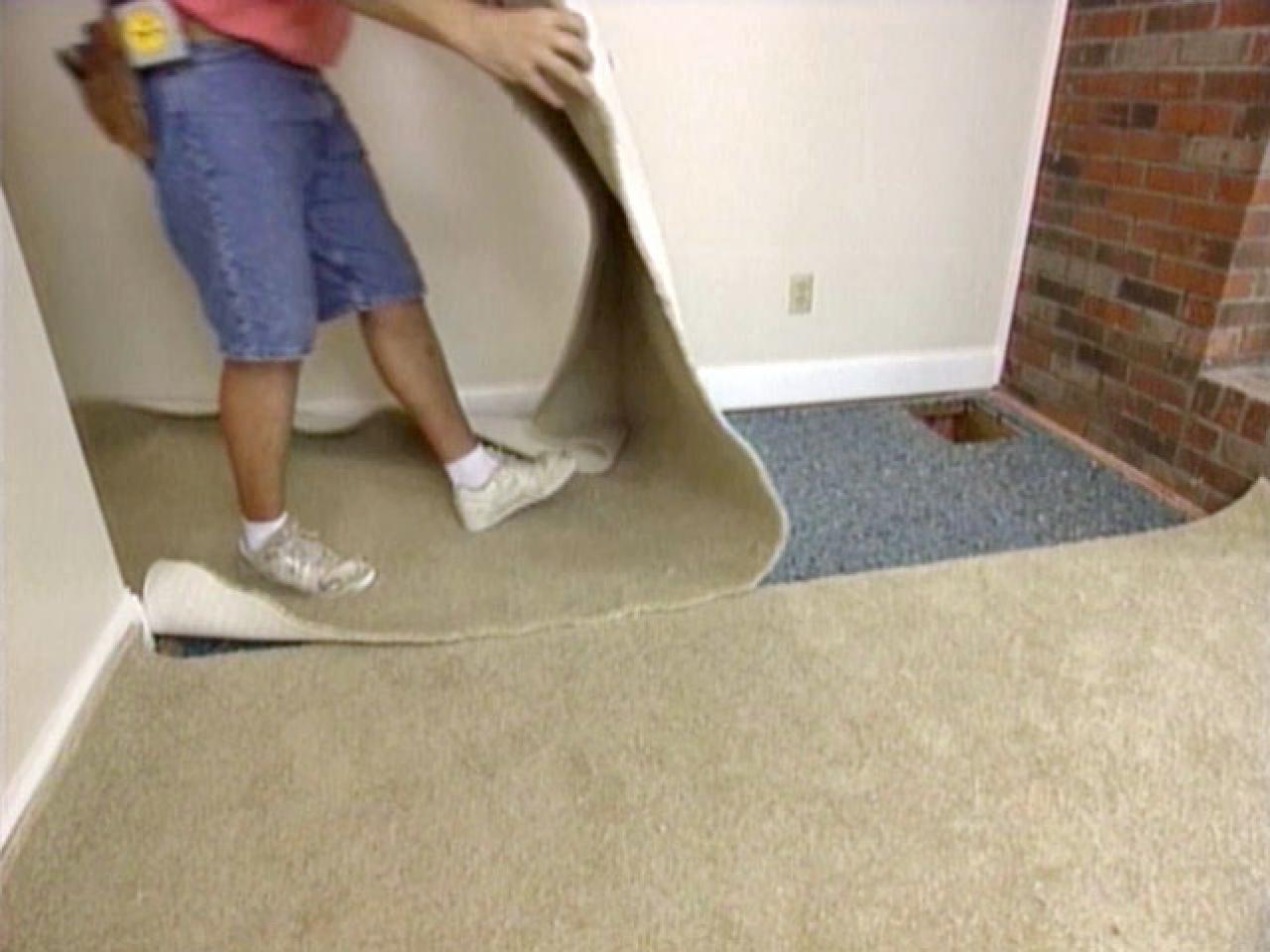The first step in cleaning upholstery is to blot up any spills. If the stain is not a solid color, you should add a bit of vinegar to the water and then mix with the dish soap. Then, you can apply the solution to the stained area. Make sure to rinse the area well after you’ve finished. This is an effective way to remove tough stains from upholstered furniture. However, you must keep in mind that you can’t use too much vinegar to clean your couch.
If you have a spill on your upholstery, blot it as soon as possible with paper towels. For solid stains, lift them with a credit card or dull knife. Avoid rubbing the stain as this will push the stain deeper into the fabric fibers. To remove stubborn stains, use a soft-bristled brush to get rid of the remaining solids. For stubborn stains, you can use a water-based cleaner. Combine one tablespoon of liquid cleaner with one gallon of warm water and use it to clean your furniture. To create suds, use an electric mixer or a small bucket.
If you’re unsure about how to clean your upholstery, check the care codes. It’s best to follow the manufacturer’s instructions on how to clean your upholstery. To avoid leaving stains untreated, use a dry cloth or microfiber cloth dampened in distilled water. Do not use water to clean your upholstery. Instead, you can dry it out outdoors. For more delicate fabrics, use a fabric protector, such as Fiber ProTector. It repels stains, adds UV protection, and inhibits bacteria growth.
Before you clean your upholstery, it’s best to determine the type of fabric. Most sofas are made from polyester, but they can also be made from cotton, acrylic, linen, and leather. If you’re unsure, you can check the fabric tags on the furniture. If there’s a stain, use a small amount of liquid dish detergent on the area. If the stain is hard to reach, you can also spray the sofa with liquid dish detergent.
If you’re dealing with a stain, check the furniture’s tag. If there’s a fabric code, it’s likely you should use a cleaner that’s specially designed for your fabric. In addition to removing dirt, you should also know the type of furniture you have. If your upholstery is made of synthetic materials, you can apply a special detergent to it. If the stain is made of wool, you can also use a cleaning agent made of cotton, linen, or leather.
Before you start cleaning your upholstery, be sure to use the recommended cleaning solution from the fabric manufacturer. You should also take care not to use too much of the cleaning solution. It can damage the upholstery. While it may seem like a good idea to scrub a stain, you should also be careful not to apply too much. Using the right detergent for your furniture’s type will ensure that it’s clean and safe. Aside from this, you should avoid using excessive amounts of water.
When cleaning upholstery, it’s important to remove any throw pillows. If they are removable, they should be washed separately. You can wash them separately or use a machine that’s designed for it. When it’s time to dry the furniture, remove the covers and then spray them with essential oils. If they’re too dirty, you can remove the cover and then put it back together. It’s important to note that removing the covers is a big part of the cleaning process.
When it comes to deep stains, you can try using baking soda paste. Simply mix 1/2 cup of baking soda with a few teaspoons of water and use the paste to scrub upholstery stains. Be careful not to apply too much, as it can damage the fibers and make the stain more difficult to remove. Then, vacuum the upholstery and apply a cleaning solution to it. Then, let the paste dry. After cleaning, you should wipe the entire area with a microfiber cloth.
If the stain is not removed by wiping, you can use a neutral-pH-based upholstery shampoo to remove the stain. The solution should be mixed with a bucket of water and can be sprayed onto upholstery. The foam should be applied with a clean white absorbent cloth, blotted thoroughly. If the stain is still visible, you can repeat the process. If you are using a mild-smelling cleaning solution, don’t forget to add more water.



